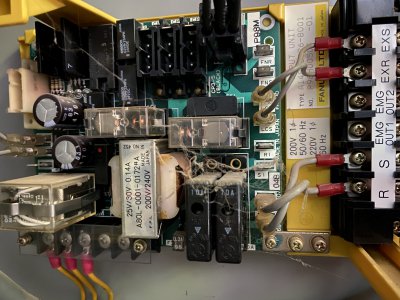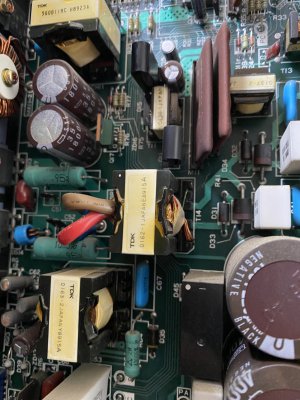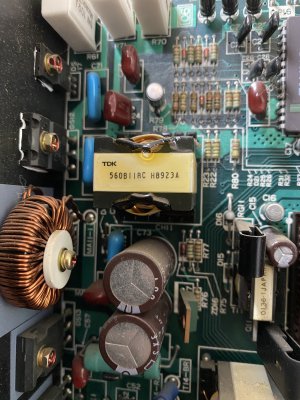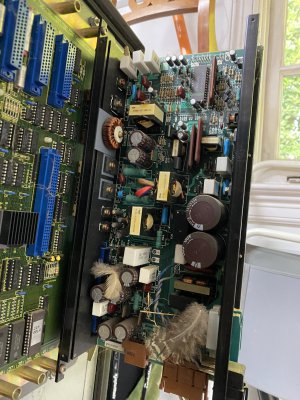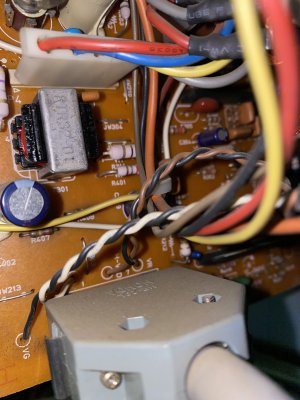I think it is best to keep the lathe and mill hardware separate. I see no need for 3 phase power at the mill.
We want to keep in mind that the ultimate goal is to have both full CNC and manual control on the mill. So anything we do now needs to be compatible with full CNC later. So far this is the case.
Current needs:
- Get the axis motors under better manual control
- Get the power drawbar working
- Reduce the footprint of the control enclosure
We have to be a little careful in the way we control the axis motors, need to put some limits on the maximum speed. This means limiting the range of the command voltage input to about +/- 2 VDC. This might be a bit challenging without computer control. The documentation seems to address this, but I'm still trying to get my head around what the documentation actually says. The documentation is translated from German, and they have some different ways of saying things. At full power the axis motors are capable of driving the table at over 600 IPM. This is way too fast for a human to control. Maximum speed should be limited to no more than 100 IPM, normal cutting is going to be in the sub-50 IPM range, and for the most part in the 5 to 20 IPM range given the available spindle speed.
I thought about it for a bit and see no advantage in replacing the servo drives, the original drives will work fine and the foot print of more modern drives is not substantially smaller than the original drives. The power supplies in the upper box are pretty much useless, so replacing those will be needed. We only need to modify the rectifier section on the servo drive frame to accept a single phase input, and provide a proper transformer to feed it.
115VAC solenoid valves are fine. No problem with using 115VAC for the control power on the whole machine. There is already a transformer in the control enclosure for the 115VAC supply.
I'm not sure if the control enclosure size can be reduced. There is just a certain amount of stuff that needs to go in there and you really don't want it too crowded. It is really a PITA to have to wire things up with out enough panel real estate. One option is to use two separate enclosures and put them on either side of the machine. Heavy power handling components in one and control in the other. This complicates the wiring a bit, but I have done it. Rotating the machine slightly might allow you to push it further back towards the wall, this is a common way of setting mills.


